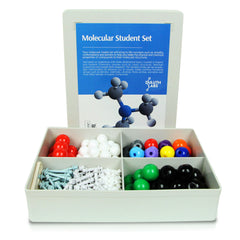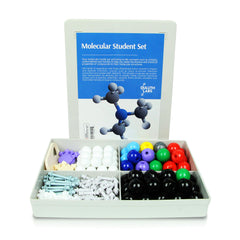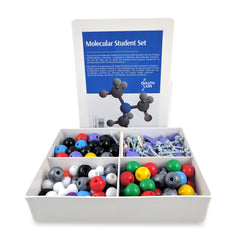Salicylic Acid: Acne’s Enemy
Have you heard of your acne's greatest enemy? Yes, your guess is right - it's Salicylic acid. Salicylic acid is a type of phenolic acid with a chemical formula of C7H6O3.
The acidic nature of salicylic acid makes it a good exfoliator with a powerful defense mechanism of your skin against bacteria (Propionibacterium acnes) that cannot survive in extremely acidic environment. It is also an effective treatment for warts caused by Human Papilloma Virus. It acts by breaking the small attachments joining your skin cells together, thereby encouraging exfoliation (skin peeling) and unclogging of pores. Its lipophilic structure also allows it to penetrate oily parts of skin that results to deep cleaning. However using too much salicylic acid can also cause skin irritation, dryness and excessive peeling. Therefore one must be cautious when applying salicylic acid-containing products, especially for those with sensitive skin.
Salicylic Acid contains 3 different constituents:
- Benzene ring
- Hydroxyl group
- Carboxylic group
What does Salicylic Acid look like in Chemistry?


Let’s Get Building!
Using your Student Molecular Model Set from Duluth Labs let’s create Salicylic Acid! You’ll need:
-
7 Carbon Atoms
-
3 Oxygen Atoms
-
6 Hydrogen Atoms
-
6 Small connectors (compact small bonds for hydrogen)
-
6 Medium connectors
-
8 Long connectors
-
Molecular Tool (for Disassembly)
Put aside all the atoms and connectors needed.
Let’s Start Building With Our Phenol Portion!

Note: Let’s begin with Carbon 6! We start building this portion of the molecule in a clockwise direction.
Let’s start!
Steps:
-
1

1. Using a carbon atom (Carbon 6) then attach another carbon atom (Carbon 1) to it using 2 long connectors. Add a hydrogen atom on carbon 6 using a small connector.
-
2

2. Attach another carbon (Carbon 2) below Carbon 1 using a medium connector.
-
3

3. Attach an Oxygen atom to Carbon 2 using a medium connector. Then, add a hydrogen atom to this oxygen using a small connector.
-
4

4. Then, using another carbon (Carbon 3) and attach this to Carbon 2 using 2 long connectors. Add a hydrogen atom to Carbon 3 using a small connector.
-
5

5. Add another carbon atom (Carbon 4) then attach this to Carbon 3 using a medium connector. Place a hydrogen atom to carbon 4 using a small connector
-
6

6. Using another carbon atom (Carbon 5) then attach this to Carbon 4 using 2 long connectors. Add one hydrogen atom to carbon 5 using a small connector.
-
7

7. Join Carbon 5 and Carbon 6 together using a medium connector.
-
8

Yay! We've just built our Phenol Portion!
Note: Let’s now add the carboxylic acid functional group to our phenol ring, starting with the carbonyl carbon.

Steps:
-
1

1. Using a Carbon atom (Carbonyl Carbon) then attach this to Carbon 1 of the phenol portion using a medium connector. This is now the carbonyl carbon
-
2

2. Add an Oxygen atom on this carbonyl carbon using 2 long connectors.
-

3. Add another oxygen atom on the carbonyl carbon using a medium connector. Then, add a hydrogen atom to this oxygen using a small connector
Great work! Now we have our newly-built Salicylic Acid.
Feel free to show us how your Salicylic acid molecule turned out!
Comment and share pictures below!
Tune in next week for another molecule of the week!
See you then xoxo :)
















cheap cialis generic online
http://slkjfdf.net/ – Idafeiqio Ikewuh pae.roxb.duluthlabs.com.dnn.ge http://slkjfdf.net/
http://slkjfdf.net/ – Upoqoi Orufiw lje.rpsz.duluthlabs.com.ylp.sr http://slkjfdf.net/
buy cialis online prescription
http://vslevitrav.com/ – levitra professional